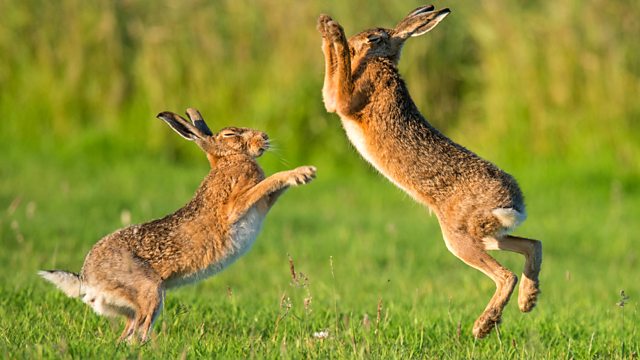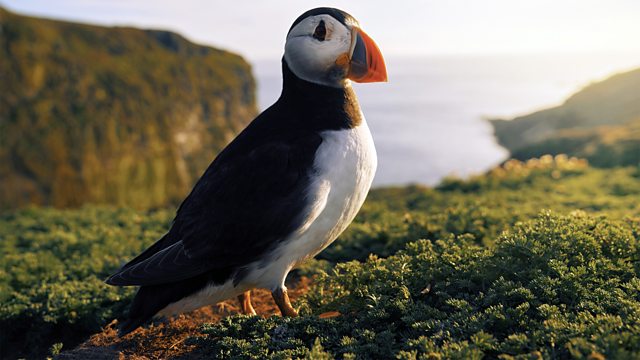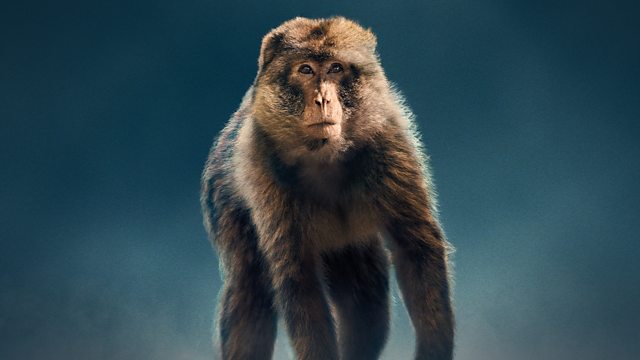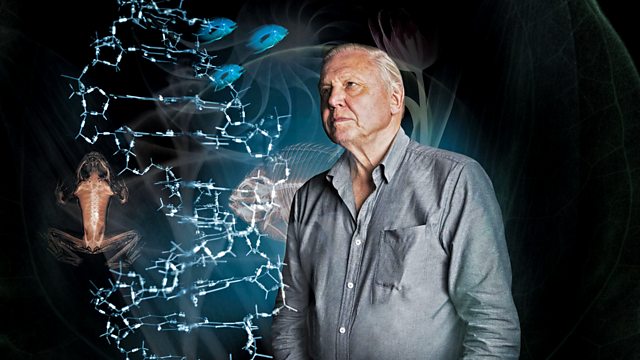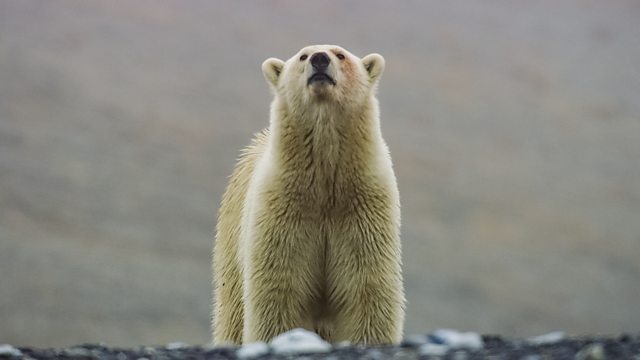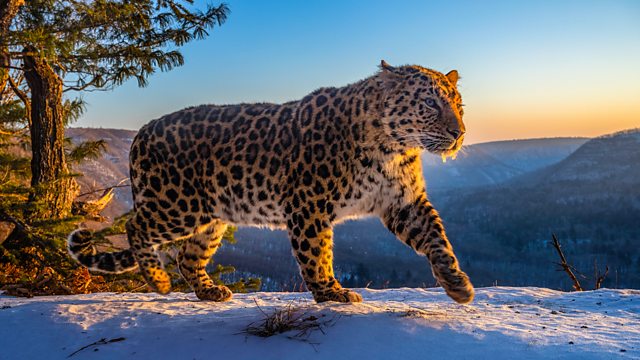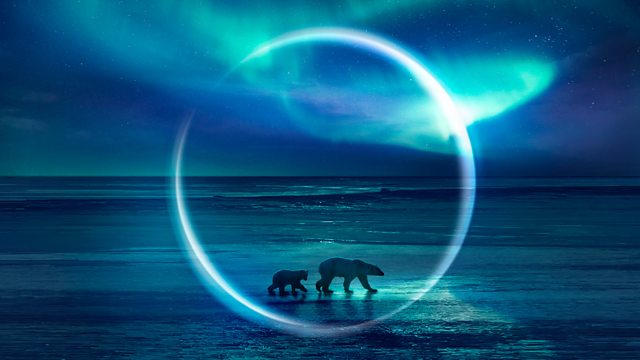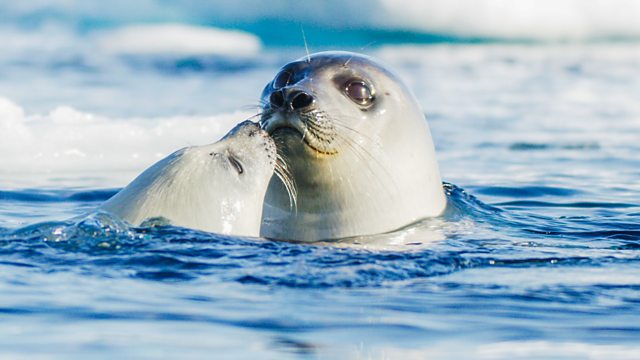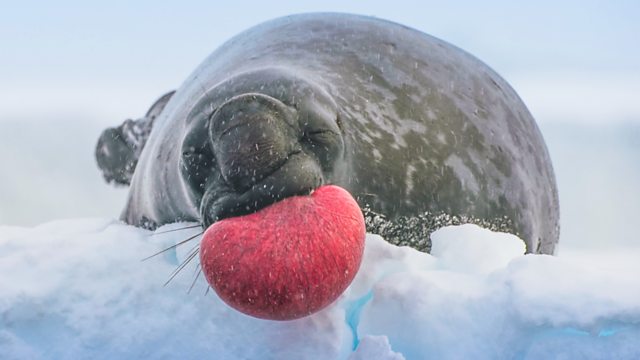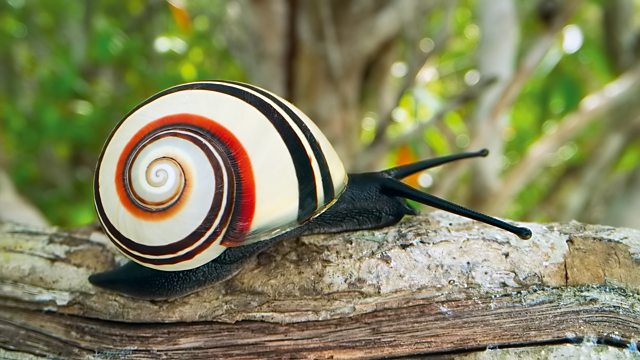Wild Isles episode 3 – Grasslands
Wild Isles episode 3 – Grasslands: David Attenborough explores Britain’s grasslands, from beautiful flower meadows to the rich open landscapes of our mountains. From the coastal flower meadows in the Scottish Outer Hebrides to the rich open landscapes in the mountains of southern Ireland, we enter surprising and dramatic worlds. In southern England, we meet an extraordinary bee that lives in chalk grassland, one of our rarest habitats, laying her eggs in empty snail shells. Meanwhile, in the colourful machair of the Hebrides, ringed plovers and lapwings strive to rear their families of tiny fluffy chicks and to save them […]
Wild Isles episode 3 – Grasslands Read More »
